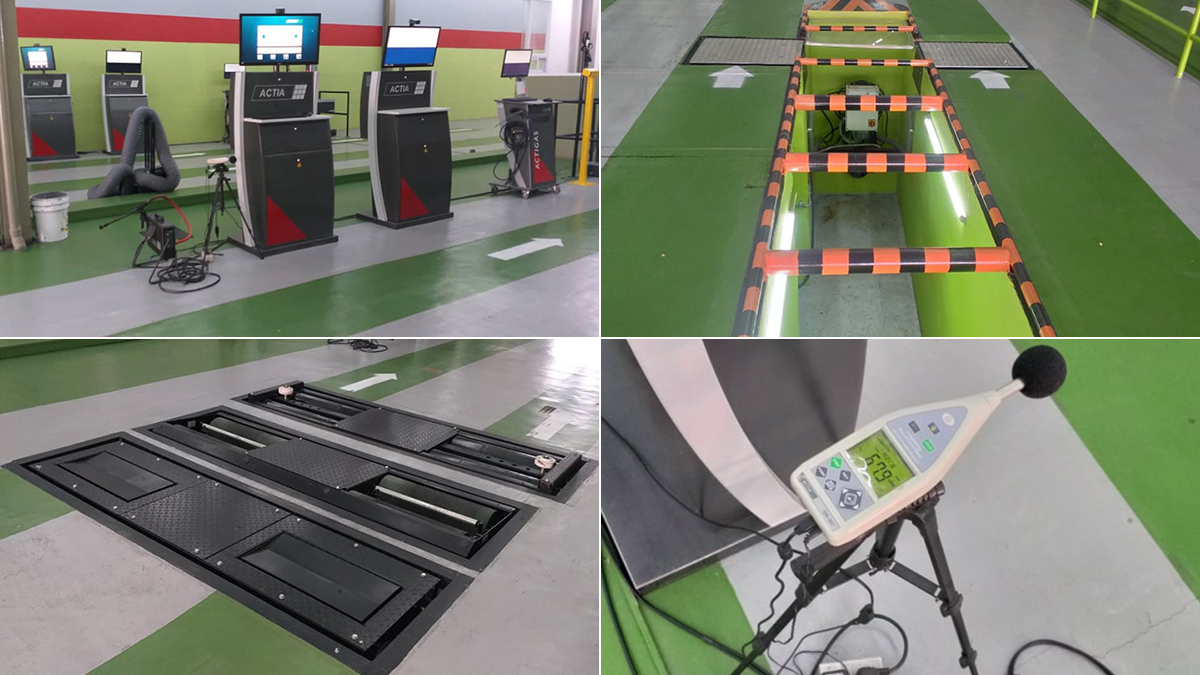The Land Transportation Office (LTO) has been keeping busy despite last year’s vehicular downtime due to the COVID-19 pandemic. This is because the agency, along with the Department of Transportation (DOTr), took 2020 as an opportunity to overhaul the Philippine Motor Vehicle Inspection System (MVIS).
While there are still plenty of kinks to sort out before the shift to more modern private motor vehicle inspection centers (PMVIC) is complete, the transition is already underway. In September 2020, the DOTr certified the first of dozens of new PMVICs awaiting approval from the transport agency. It followed this up with six more PMVIC activations in December.
By now some of you are probably wondering how to go about having your cars inspected under the motor vehicle inspection system (MVIS). Well, Top Gear Philippines has secured a copy of the LTO’s operating guidelines for PMVICs, and below is a step-by-step guide to the entire process. Look:
1) Pre-inspection
The PMVIC will first check if a vehicle is already registered in the LTO’s Land Transportation Management System (LTMS). There are three ways the PMVIC personnel can do this:
- RIFD scanner: Someone will scan the RFID tag on your car’s LTO sticker.
- QR code: A barcode scanner will scan the QR code on your car’s LTO sticker.
- Manual input: Your car’s license plate number will be manually checked in the LTMS database.
If your vehicle is not yet in the LTMS database, you will be asked to go to the nearest LTO district office prior to continuing to step two in the process.
2) Queuing
If you’ve scheduled an appointment online, you proceed immediately to step 3. Otherwise, you must drop by an encoder window to present your OR/CR and vehicle identification number (VIN) before receiving a queue number.
3) Payment
There are three payment options:
- Debit/credit card: Pay via credit or debit card through the LTO’s online scheduling website.
- Bayad Center: Settle your payment via third-party payment providers like Bayad Centers and LBC Payment Centers.
- Cash: You can pay cash at a PMVIC payment window once your queue number is called.
4) Vehicle handoff
You surrender your keys to a designated PMVIC driver and wait for your queue number to be called again at the customer lounge.
5) Inspection and testing
Your car undergoes the MVIS testing and inspection process.
6) Transmission and printout
Your test results and data are sent via a Value Added Service Provider (VASP) to the LTO database and an MVIS report is printed out. A point system will determine whether your vehicle receives a ‘Pass’ or ‘Fail’ result generated by the LTMS. The report is valid for 60 days from the date of inspection.
7) LTO registration
If your vehicle receives a Pass result, you may head on over to a nearby LTO office to register your vehicle. If your car fails, you will need to come back for a test once your ride’s issues have been resolved.
And there you have it. Let’s see if the rollout of the new MVIS will go according to plan.












